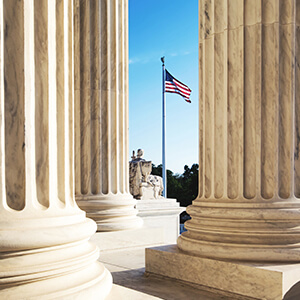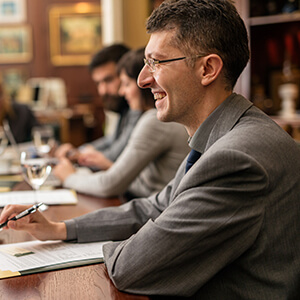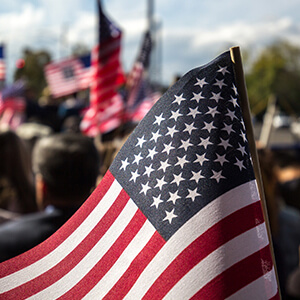Prof. Eugene Volokh flags an interesting chapter of Common Cause Minnesota’s campaign to chill speech in the already frigid confines of Minnesota:
Certain kinds of electioneering materials may be banned at and near polling places on election day; that’s what the Court held in Burson v. Freeman (1992). But does this allow restraints on distributing such material at other times and places, on the theory that recipients will display (or are even intended to display) such material in the prohibited places? That’s what Common Cause Minnesota apparently argued, but a Minnesota Administrative Law Judge rejected that claim, in Common Cause Minnesota v. Minnesota Majority (Minn. Ofc. of Admin. Hrgs. Oct. 29, 2010)…
Essentially, Common Cause Minnesota sought to restrict the speech of tea party groups concerned about potential voter fraud in the midterm elections. The groups, according to Common Cause’s complaint, encouraged people to wear “Please ID Me” buttons “as a visible message to others that you are watching out for voter fraud.” A commentator at The Volokh Conspiracy blog pointed out that a federal judge later decided voters could be prohibited from wearing the buttons to further the “legitimate state interest of ‘maintain[ing] peace, order and decorum’ at the polls.”
Whatever the motivations of the groups behind the button effort, it’s unfortunate that a content-based speech restriction won the day. From a report in Minnesota Public Radio:
Voters who decide to wear tea party t-shirts or “I.D. me” buttons [on Election Day] will still be allowed to vote, but their names might be turned over to authorities for possible prosecution that could lead to fines of up to $300. [emphasis added]
The Supreme Court has allowed the prohibition of electioneering related material at polling places, but allowing the government to fine voters hundreds of dollars for wearing a tea party t-shirt or a “Please ID Me” button seems absurd. This logic would allow virtually any arbitrary government restriction on an item of clothing or paraphernalia with words or a message. Is the Gadsen flag a historial symbol or a political statement? How about the “Don’t tread on me slogan?” Is that too hot for the easily influenced at the precinct place?
Perhaps the government should just require all voters to wear solid colors to the polling place. Then again, some polling official might have a problem with Grandma Jane wearing a red shirt, blue pants and white shoes. That might send a prohibited political message of patriotism.












